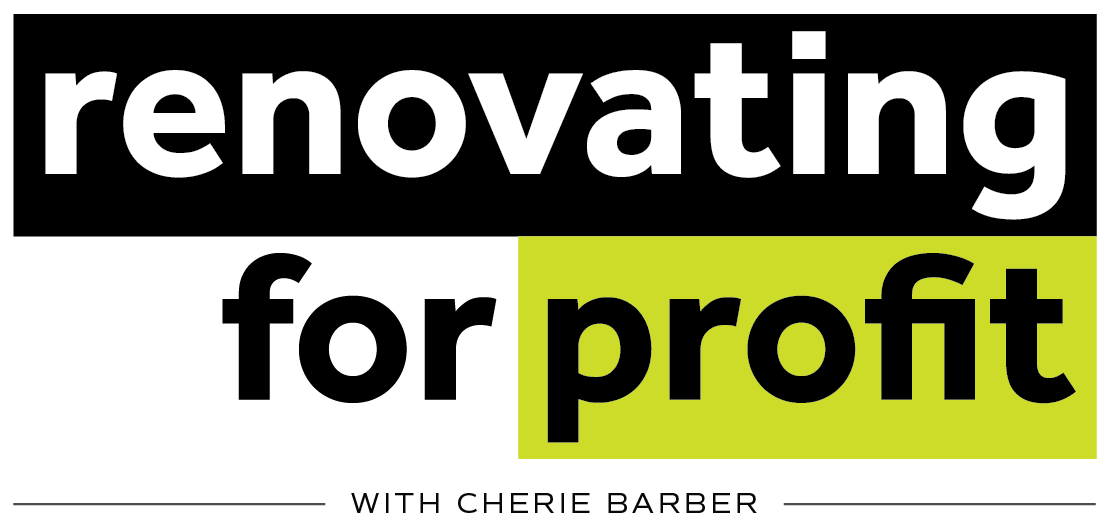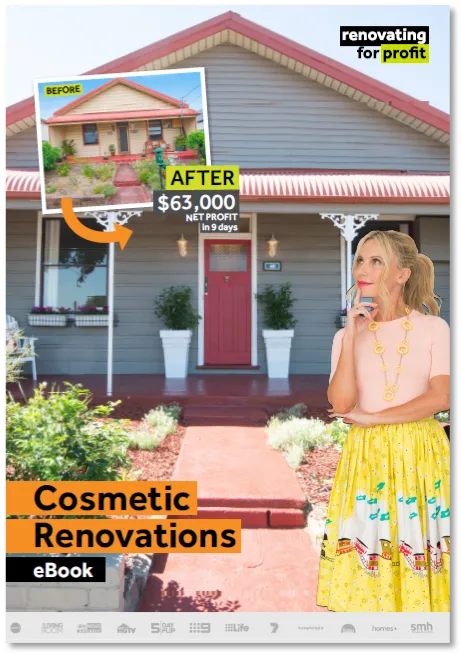Six ways to manage risk in property development
Whether we realise it or not, managing risk is something we deal with every day. For example, the simple process of crossing a street involves a certain degree of risk that we manage without even blinking an eyelid.
But what about managing the risks of something as complex as a property development project? Let’s take a look at some of the more notable risks involved and how you can manage them effectively.






Risk #1 – Not Having Enough Knowledge
The greatest risk in property development is undertaking a project with insufficient knowledge. I have seen it many times, where individuals undertake their first project with sugar-coated expectations of how easy property development is, only to find themselves in strife half way through because they were not willing to invest in knowledge. How can you manage this risk and become more knowledgeable in property development? Well, there are two main options.
First, you can pay a project manager to manage your project. Project managers typically don’t become involved until the site is already purchased (so they aren’t generally helpful in the due diligence and financial feasibility stages) and they generally don’t get involved with development finance and marketing, so you’ll have to be competent in these areas.
Second, rather than pay a consultant a portion of your profit to manage the project, you could invest once in your own knowledge through my Small Developments for Profit course, and reap the rewards project after project. After all, no one else is as committed to the project’s success as you are, so it makes sense for you to be the one in the driver’s seat.

Risk # 2 Interest Rate Rises
As developers, roughly 75% to 80% of the costs of doing a property development are supplied by the financier. And obviously there is interest levied on that finance.
While falling interest rates have a positive effect on the bottom line of a development project, rising interest rates have the reverse effect. Interest rates are not something we can control but the reality is they have only a minor effect on the bottom line.
If you have a feasibility software program you can check for yourself. For example, if interest rates went up 1% over a 12-month project by rising 0.25% every three months, the loss of profit on each townhouse is roughly $2,500. So instead of making say $100,000 per townhouse you would make $97,500. Hardly noticeable.

Risk #3 – Paying Too Much for Your Development Site
How do you manage this risk and ensure that you do not pay too much for your development site? Well, it all comes back to the number crunching prior to purchasing the development site. It is critical that a comprehensive financial feasibility is performed prior to purchasing a development site.
Given that a financial feasibility is only as good as the assumptions made, it is critical you do your homework to ensure the accuracy of your assumptions.
As part of your financial feasibility you can calculate what’s called a residual land value. This is determined by estimating the project’s gross revenue then subtracting the various expenses (excluding the development site) and an adequate profit margin to leave the residual value of the development site. A residual land value will provide you with the maximum amount you can afford to pay for a development site, ensuring you never pay too much.

Risk #4 – Purchasing a Lemon Development Site
So how do you manage this risk and ensure you do not purchase a lemon development site? Well, it all comes back to performing a thorough investigation of the development issues of the site, better known as a due diligence analysis.
The due diligence analysis may be performed either prior to purchasing the site or as a condition of the contract. Either way, the performance of a thorough due diligence analysis should incorporate each of the following issues:
- environmental and heritage issues (eg, presence of vegetation protection orders, heritage-listed buildings, etc.)
- flood issues (eg, presence of a flood regulation line)
- geotechnical issues (eg, presence of acid sulphate soil, contaminated soil, underground rocks, underground water, unstable fill, etc.)
- service issues (eg, proximity of services to site, capacity of services for the proposed development etc.)
- stormwater issues (is there a legal point of discharge, if not are adjoining owners amenable etc.)
- title related issues (eg, presence of caveats, covenants, easements, encumbrances, interest details, administrative advice, unregistered dealings etc.)
- zoning issues (compatibility of current zoning to the proposed use)
A development site with the necessary local authority permits in place should overcome most of these issues. However, it is still advisable to investigate them as a matter of course.

Risk #5 – Construction Costs Blow Out
Construction costs are generally the greatest expense in a property development project. It only takes a slight change in its cost to have a significant impact on the project’s bottom line.
The best way is to avoid a cost blow-out is to use a lump sum, fixed price and time contract. This is where the price is determined by the building contractor, including all associated costs such as materials, labour and profit margin. As the name suggests, the contract price is fixed from the day the contract is signed.
If you have detailed plans and specifications the only things that will vary the price are variations to the contract, such as wet weather, etc.
Most financiers will insist on a contingency amount, often 5% of the construction price, to be factored in to cover variations.

Risk #6 – Building Contractor Goes Bust
By this point in a project most of the hard work has been done and you could certainly be forgiven for having your eyes fixed on completing construction and banking the settlement funds. However, all of this can change in an eye blink if your building contractor runs into financial strife and cannot complete.
Using a building contractor with a good reputation and a proven track record can certainly help mitigate this risk. As a developer, you should feel free to make enquiries into the building contractor’s project history and financials. After all, it is your money in the deal and your name as guarantor on the loan, so there should be no reason to feel shy about asking for this sort of information.
On small projects, building contractors take out warranty insurance. During construction, warranty insurance covers against the building contractor going bankrupt or placed into liquidation and against the building contractor failing to complete the works under the contract.
Find out more about my Small Developments for Profit course.





